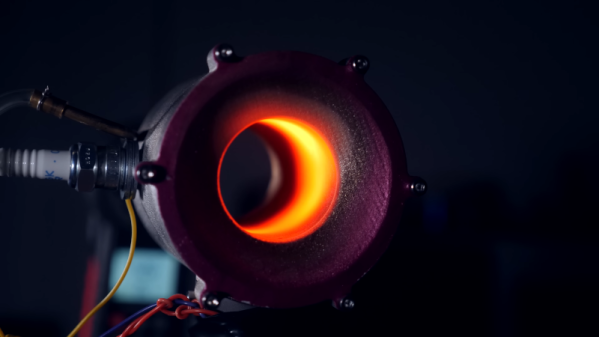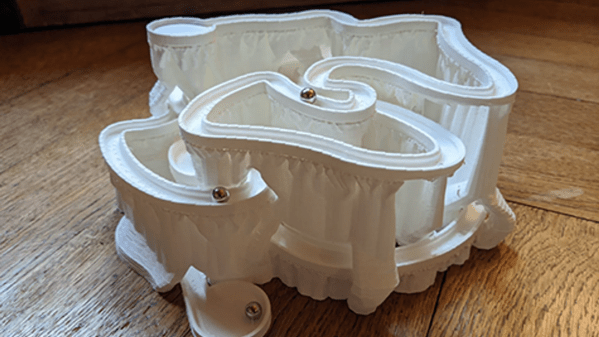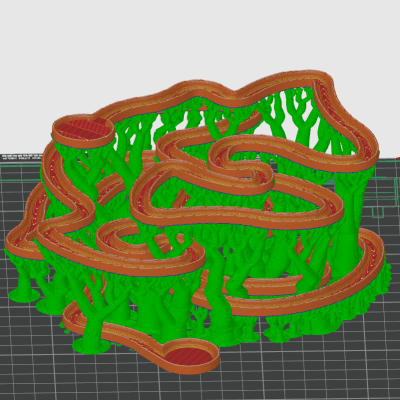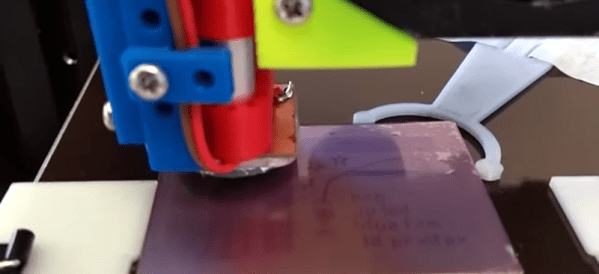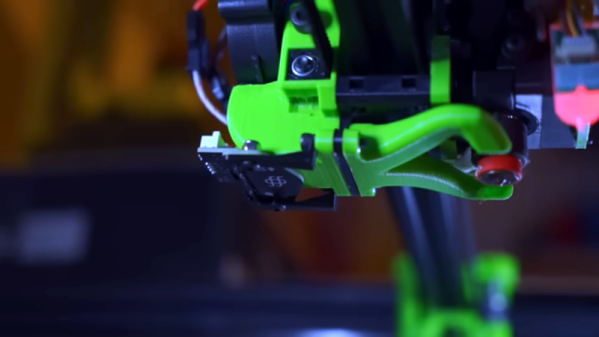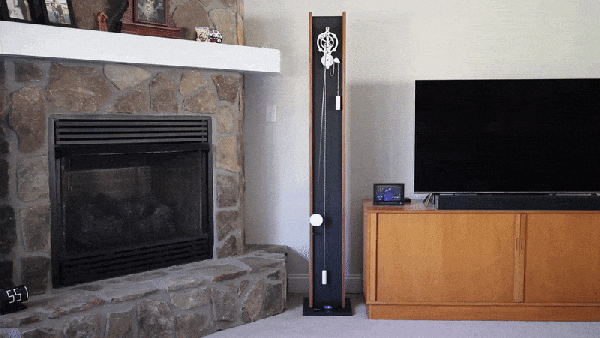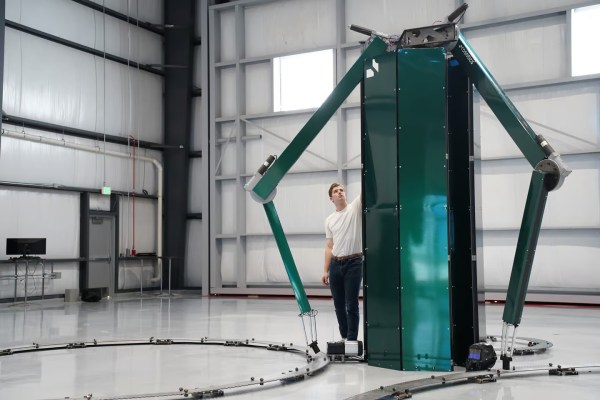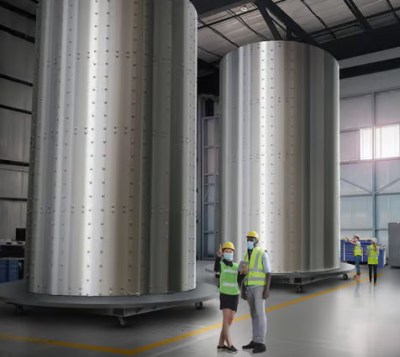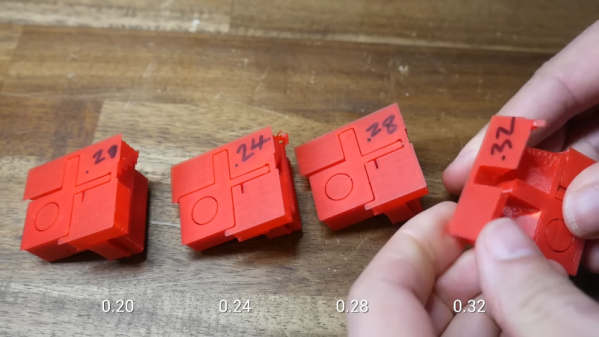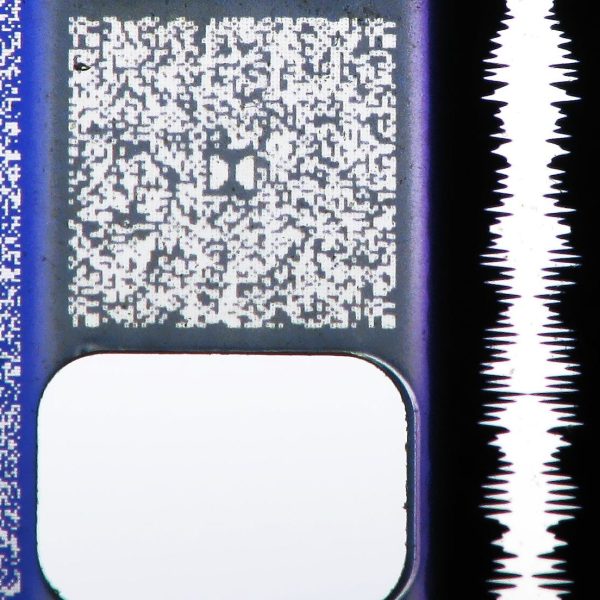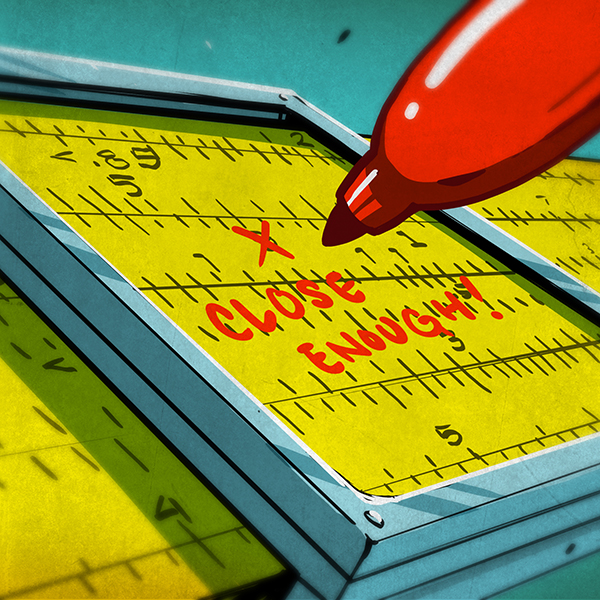While Dyson makes some good products, they aren’t known for being economical. Case in point: [Integza] spent $500 on a hair dryer. While he does have a fine head of hair, we suspected he wasn’t after it for its intended purpose, and we were right. It turns out he wanted to make it into a jet engine! Why? Oh, come on. The fact that you read Hackaday means you don’t need that question answered. Watch the video below to see how it all turned out.
What got [Integza]’s attention was the power of the very small motor. So he immediately, of course, opened it up. The build quality is very impressive, although for $500, shouldn’t it be? While we are sure the Dyson dryer is more robust than our $9 Revlon special, it seems doubtful that it would handle the high temperatures of a jet exhaust. In fact, he’s had plastic meltdown while trying to build a jet before. So this time, he had a different plan.
That plan involved designing a replacement shell for the dryer and having it 3D printed in metal, which may have cost almost as much or more than the dryer. It came out great, though — and some fuel lines and a spark plug later, he was ready to fire it up.
Did it work? You bet. Test equipment was melted accidentally, and eventually, the engine looked like it flamed out. But it generated some very hot exhaust. We’d like to say that no tomatoes were harmed during the production of the video, but we can’t because of our well-developed sense of ethics. Poor tomatoes! We might have used a Mr. Bill doll, but that probably infringes on someone’s copyright.
If you don’t want so much melting, maybe try water cooling. If you could make this reliable, the modification to your car becomes obvious.

